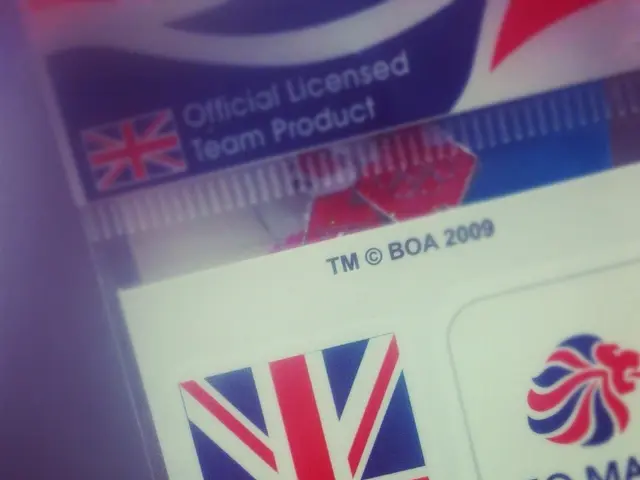Reverberation Removal through Coherent-to-Diffuse Power Ratio Estimators (CDR)
In the realm of signal processing, a new technique has emerged that aims to improve the clarity of speech in reverberant environments. This method, known as multichannel dereverberation using the Coherent to Diffuse Power Ratio (CDR), leverages the difference in spatial coherence properties between direct and reverberant sounds to clean the recorded signal by suppressing reverberation.
The process begins with the use of two microphones to capture the sound signal, which contains both the direct sound arriving coherently and reverberant sound arriving diffusely from multiple directions. The CDR is then estimated by analyzing the spatial coherence between the two microphone signals. Since the direct sound is coherent across microphones, and reverberation is diffuse and less coherent, the power ratio of coherent to diffuse components can be calculated.
Using this CDR estimate, a spatial filter or spectral attenuation is applied that suppresses the diffuse reverberation components relative to the coherent direct sound. This enhancement of the direct sound while reducing reflections improves speech intelligibility and sound clarity.
This approach is typically framed within probabilistic or statistical signal processing frameworks, sometimes involving Bayesian inference or variance analysis to estimate and separate the useful signal from noise and reverberation components.
The visual example of dereverberation using the CDR-based post-filtering is presented in Figure 2. The original recording and the dereverberated version can be listened in the repository [3], with the original speech with reverberation found in the file roomC-2m-75deg.wav and the dereverberated version in out.wav.
Moreover, this technique can be applied to an array of more microphones by taking pairs and performing an averaging. The CDR-based postfilter values are between the minimum gain (G_min) and 1, with lower CDR values indicating a higher need for reverberation attenuation.
In the study [4], CDR estimators compete with other traditional dereverberation methods in Automatic Speech Recognition (ASR) systems. Room A in the study is a lecture hall with a reverberation time of 1 second, and Room B is a large foyer with a reverberation time of 3.5 seconds. The usage of CDR estimators improves the Word Error Rate (WER) in ASR systems, as shown in figure 3, reducing the WER by nearly 30%.
In essence, the CDR metric is similar to the Signal-to-Noise Ratio (SNR) but the noise is mainly reverberation. The CDR estimators are techniques that estimate the CDR metric. The Coherent to Diffuse Power Ratio (CDR) is a metric used in dereverberation that allows the construction of a postfilter capable of eliminating reverberation. The dereverberated signal has shorter reflections, indicating the proper working of the CDR-based postfilter.
In conclusion, the two-microphone CDR-based dereverberation leverages the difference in spatial coherence properties of direct vs. reverberant sound to clean the recorded signal by suppressing reverberation, thereby improving speech intelligibility and sound clarity in reverberant environments.
Data-and-cloud-computing techniques can be incorporated to store and process the large amounts of data generated during the multichannel dereverberation using the Coherent to Diffuse Power Ratio (CDR). This will facilitate real-time analysis and improvements in dereverberation systems.
The utilization of technology, such as machine learning algorithms, can further enhance the performance of CDR estimators by predicting and adapting to varying environmental conditions, leading to more accurate dereverberation and improved speech recognition in diverse acoustic environments.




